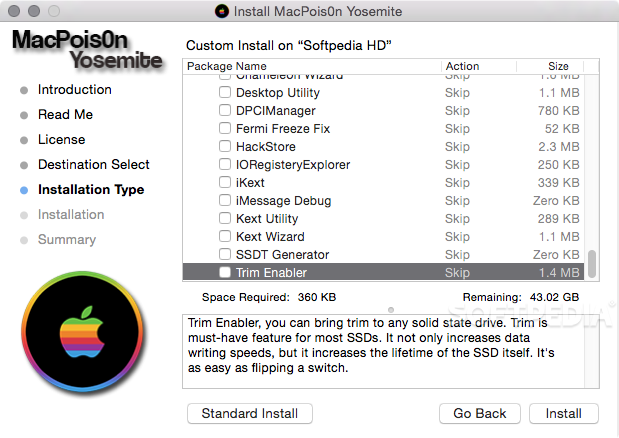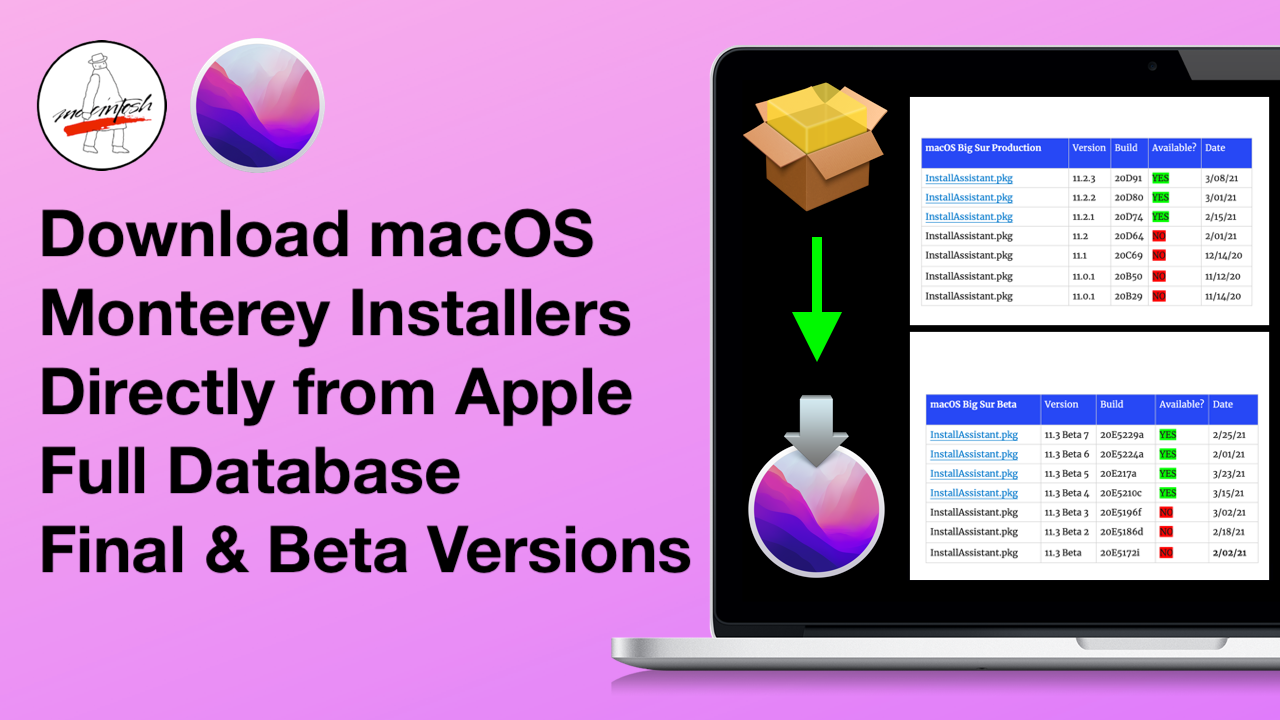
#Mac os dmg hackintosh yosmite password
Type your admin-level account password when prompted, and then press Return.Paste the copied command into Terminal and press Return. Warning: This step will erase the destination drive or partition, so make sure that it doesn’t contain any valuable data.Launch Terminal (in /Applications/Utilities).Sudo /Applications/Install OS X Yosemite.app/Contents/Resources/createinstallmedia -volume /Volumes/Untitled -applicationpath /Applications/Install OS X Yosemite.app -nointeraction Select the text of this Terminal command and copy it:.This means that if you moved it before installing Yosemite, you need to move it back before making your installer disk.

#Mac os dmg hackintosh yosmite install
(The Terminal command used here assumes the drive is named Untitled.) Also, make sure the Yosemite installer, called Install OS X Yosemite.app, is in its default location in your main Applications folder (/Applications).

The Disk Utility method is the way to go for people who are more comfortable in the Finder (though it does require a couple Terminal commands), and it works under Snow Leopard, Lion, Mountain Lion, Mavericks, and Yosemite. (Note that the createinstallmedia tool doesn’t work under OS X 10.6 Snow Leopard-it requires OS X 10.7 Lion or later.) The createinstallmedia method is the easiest if you’re at all comfortable using Terminal, it’s the approach that I recommend you try first. I’ve come up with three ways you can create a bootable OS X install drive for the Yosemite: using the installer’s built-in createinstallmedia tool using Disk Utility or performing the Disk Utility procedure using Terminal.

Create the Yosemite install drive: The options


 0 kommentar(er)
0 kommentar(er)
